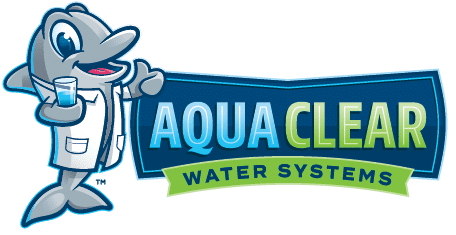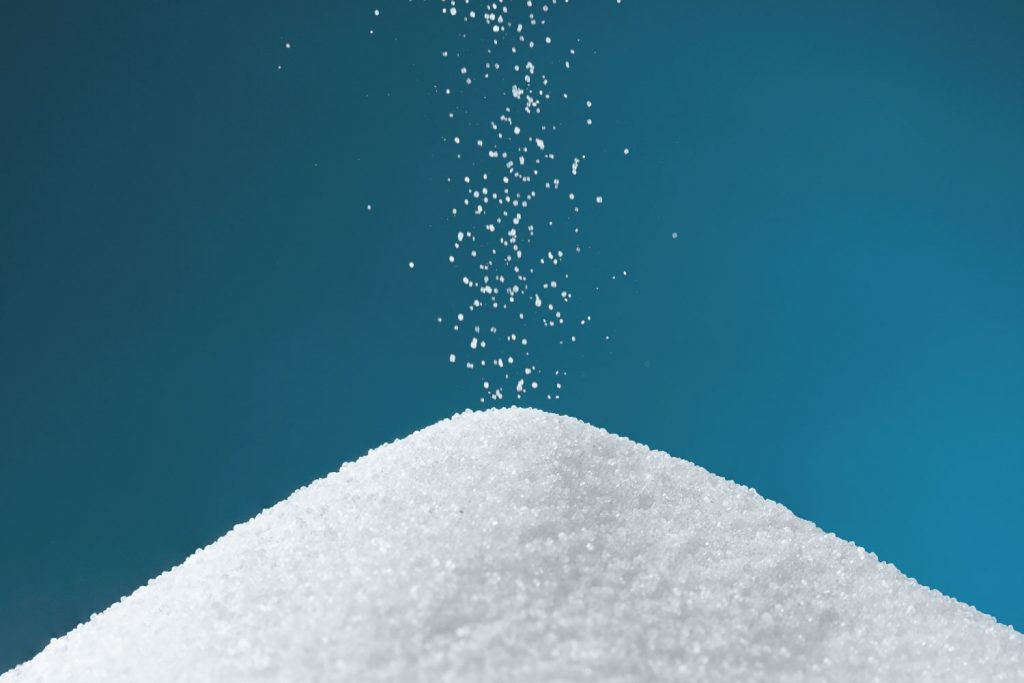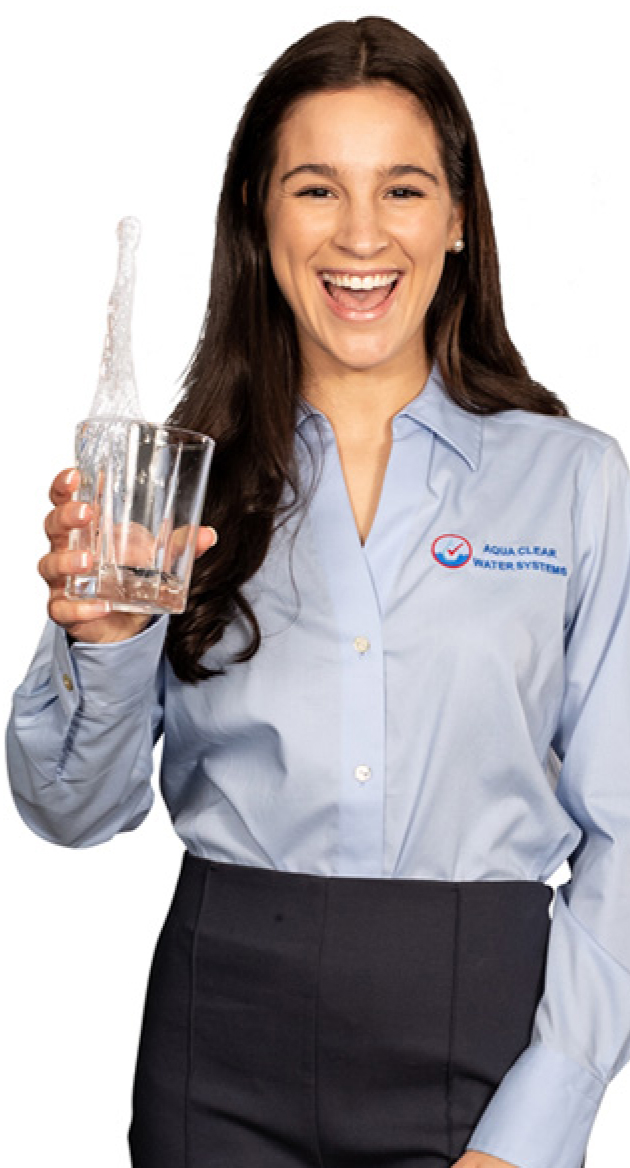The American Heart Association labelled salt as one of the contributors to high blood pressure and increased risk of heart attacks. Since then we are watching what we eat and drink. Sodium hides in nearly every piece of food we eat.
The dietary guidelines recommend a daily intake of sodium around 2,300 mg per day. The average American consumes around 3,400 mg per day. The main source of sodium in peoples diet comes from processed food and table salt.
Slice of White Bread: 147mg
Ribeye: 157mg
Ice-cream: 53mg
Water softeners usually contribute to 1% of people’s daily sodium intake. The reason that salt gets into the water is that softeners use a process called Ion Exchange.
Ion Exchange is the process of replacing a molecule of lesser charge for a charged molecule. The ion exchange uses salt ions to replace calcium and magnesium in the water supply.
Ion Exchange is the most affordable way to remove calcium and magnesium (limescale) particles from the water.
An easy formula to understand how much sodium gets into your water is roughly described as:
GPG X 2 = mg NaCl per 8oz glass of water
Can You Taste The Salt In Water?
Whole house water softeners change the make up of the water leading to a difference in taste of the regular softened water. But it does not make the water noticeably salty, and since it removes the sediment the water tastes smoother.
To get the most out of your water we recommend getting a Reverse Osmosis Drinking Water System that is specifically designed to take your whole house water and make it 10,000x purer. Creating a Bottled Water Factory right at your kitchen sink. With a Drinking Water System the air in your home actually becomes cleaner and your pets drink more water!
To soften water specialized resin beads that resemble a golf ball sit charged with a + Sodium Ion, and as contaminated water filled with calcium and magnesium runs through the resin bed the highly charged calcium molecules push out the weaker sodium ion. As the water runs through the system the hardness gets trapped in the resin beads and sodium ions.
Is There A Salt Substitute?
The incredible thing about Ion Exchange is it can also work with another salt called Potassium Chloride. Potassium Chloride allows those with higher concern for sodium in their diet to switch their existing system over to KCl which reduces sodium in the water. However, the one downside is it costs more per bag than regular salt.
40Lb Bag of KCl = $29.97
40lb Bag of NaCl = $5.59
And if you have an electric water softener they usually use 1 bag a month costing over $360 yearly. That is why we recommend upgrading your water with a Drinking water system, which saves you money and removes the salt. Also, if you are spending a lot on salt from an electric water softener see the Kinetico Difference.
Alternatives
In addition to getting a Drinking Water System to get rid of the salt in the water. Alternatives exist in the Market most commonly Whole House Reverse Osmosis and Salt-Free Water Conditioners.
Additional Resources:
www.heart.org/en/healthy-living/healthy-eating/eat-smart/sodium/sodium-and-salt
At Aqua Clear Water Systems, we pride ourselves on being one of the highest quality water system companies in all of Tennessee.
Claim Your Water Health Check ($150 Value) & 60 Minute Consultation







